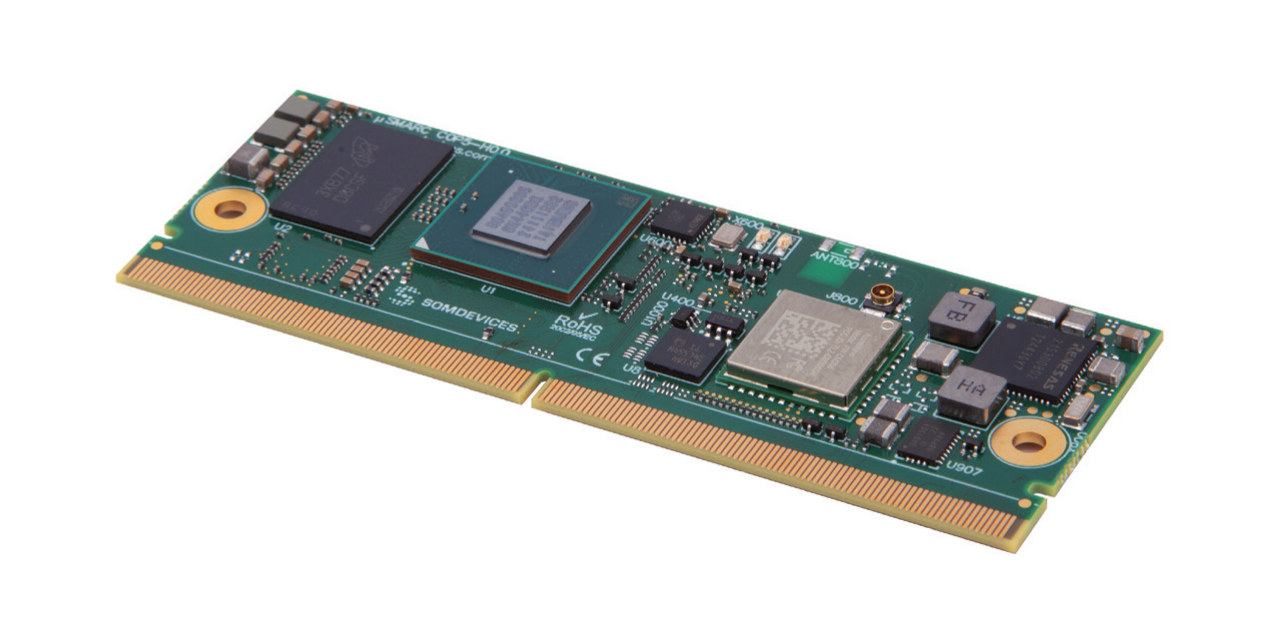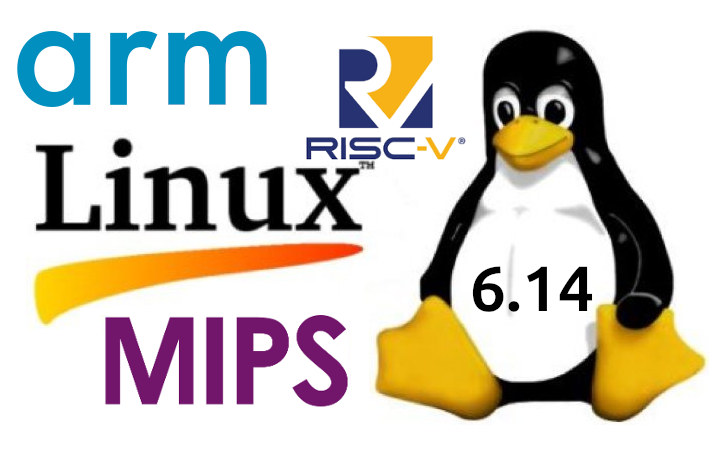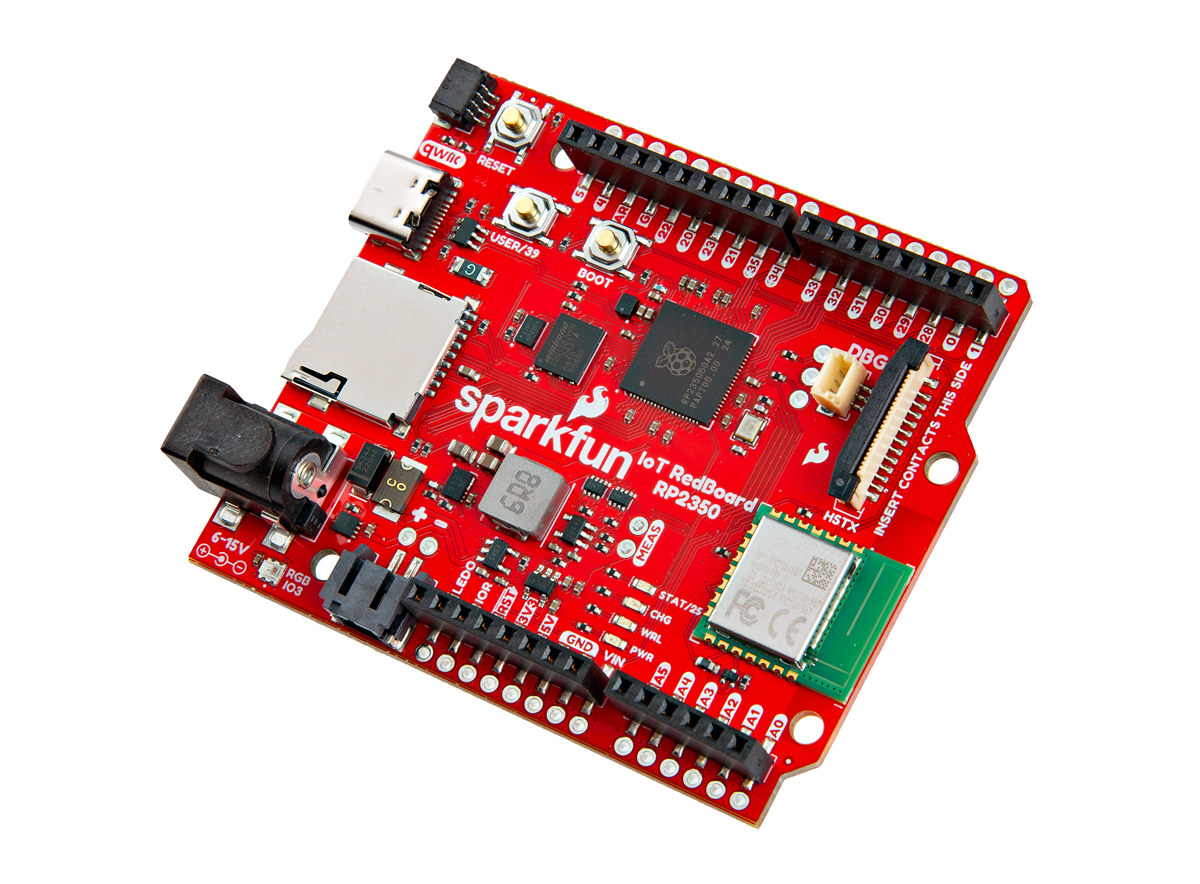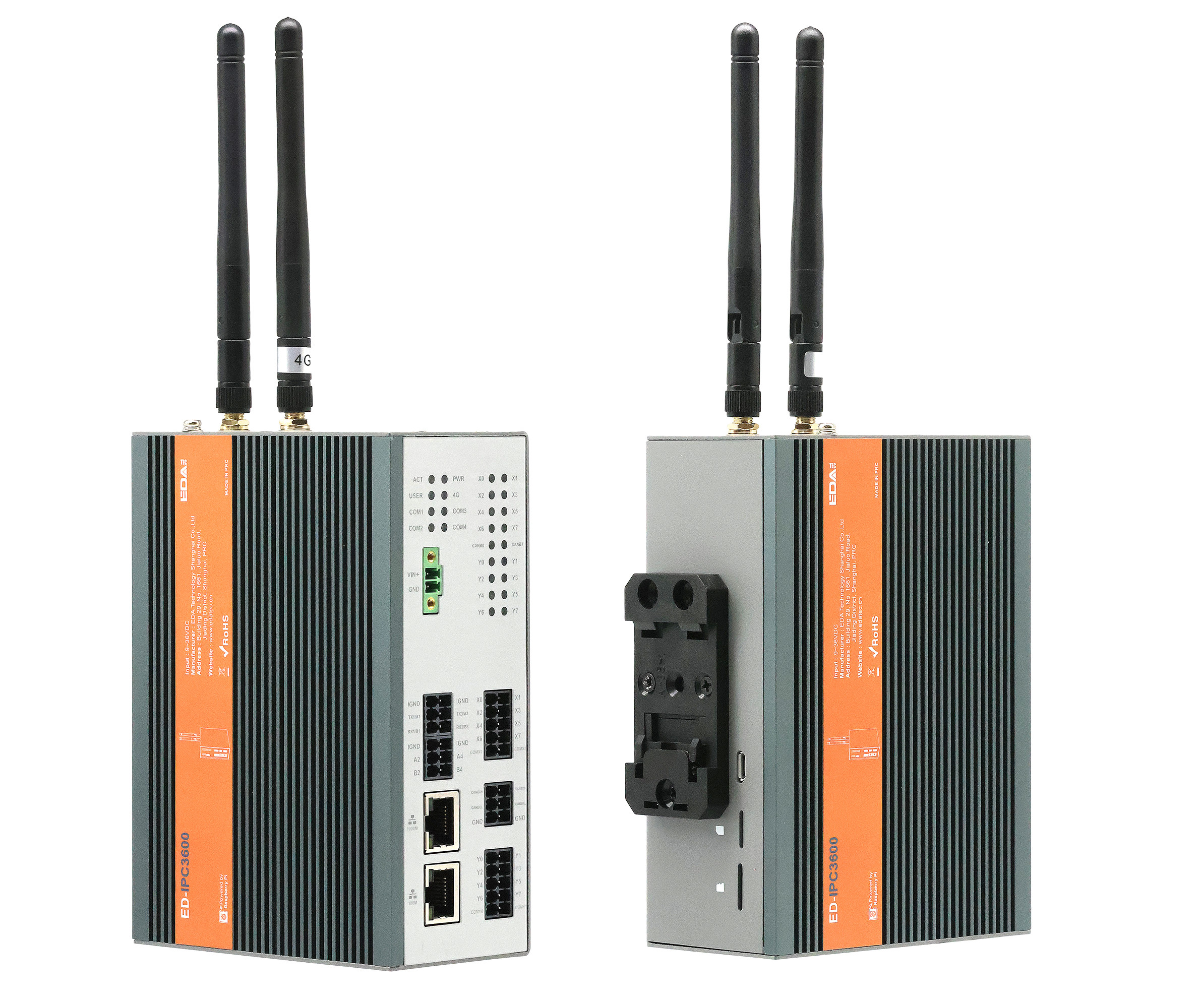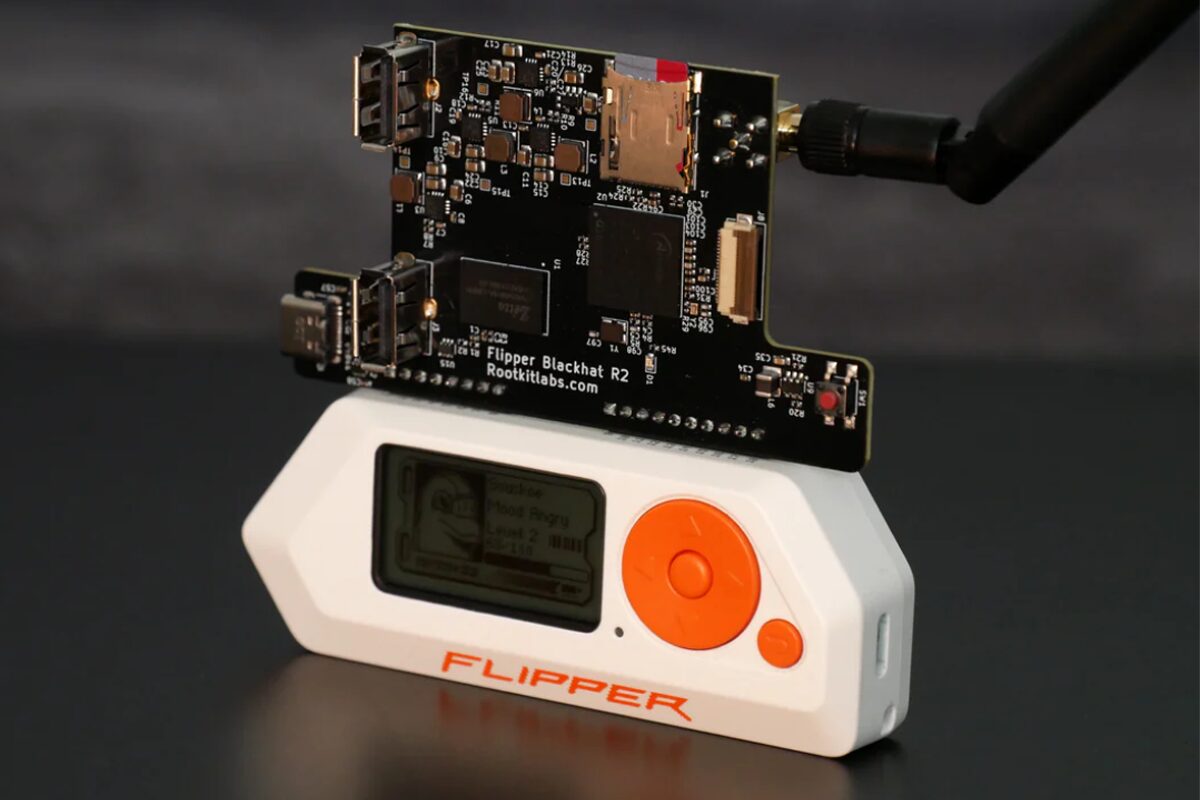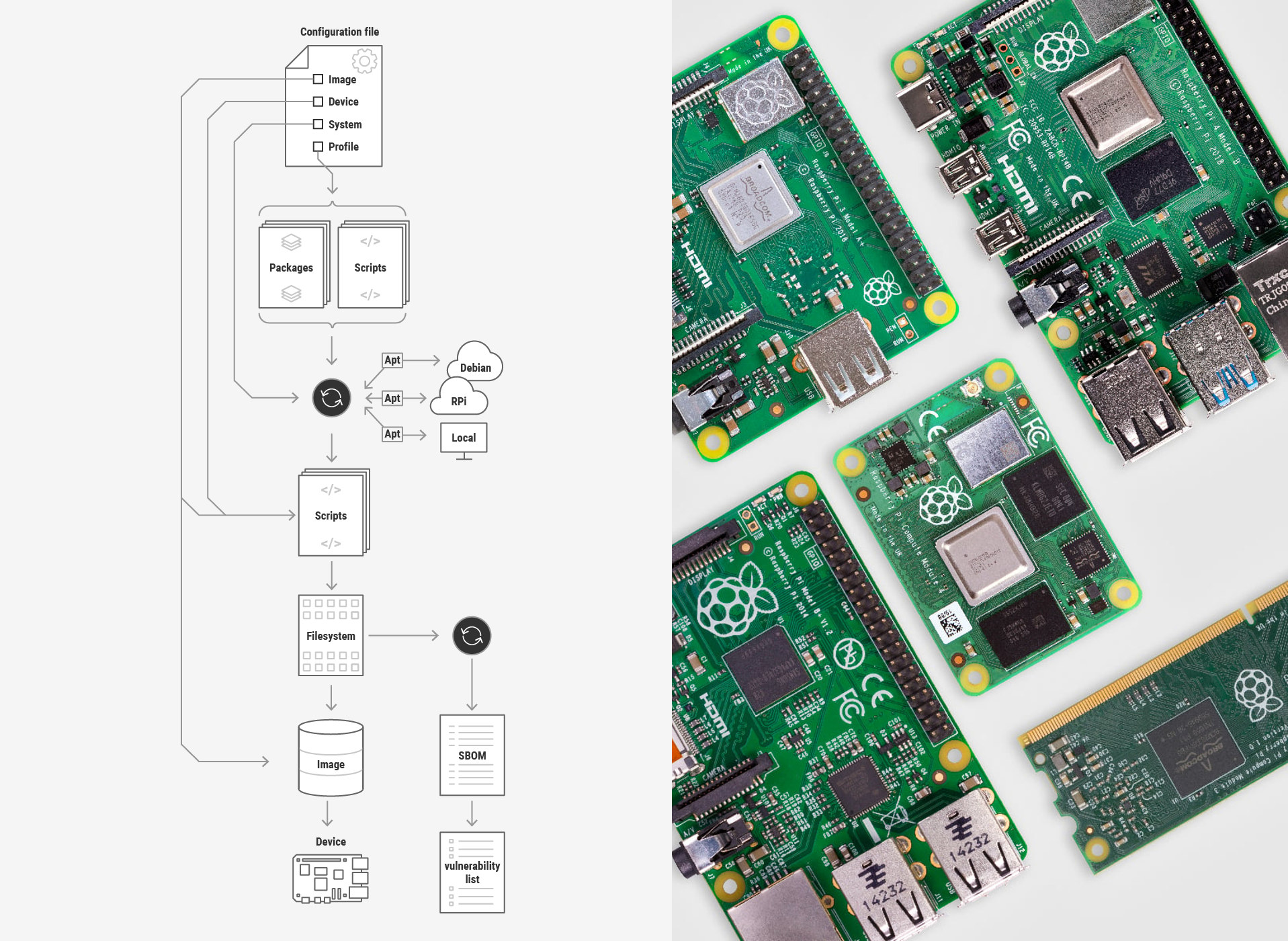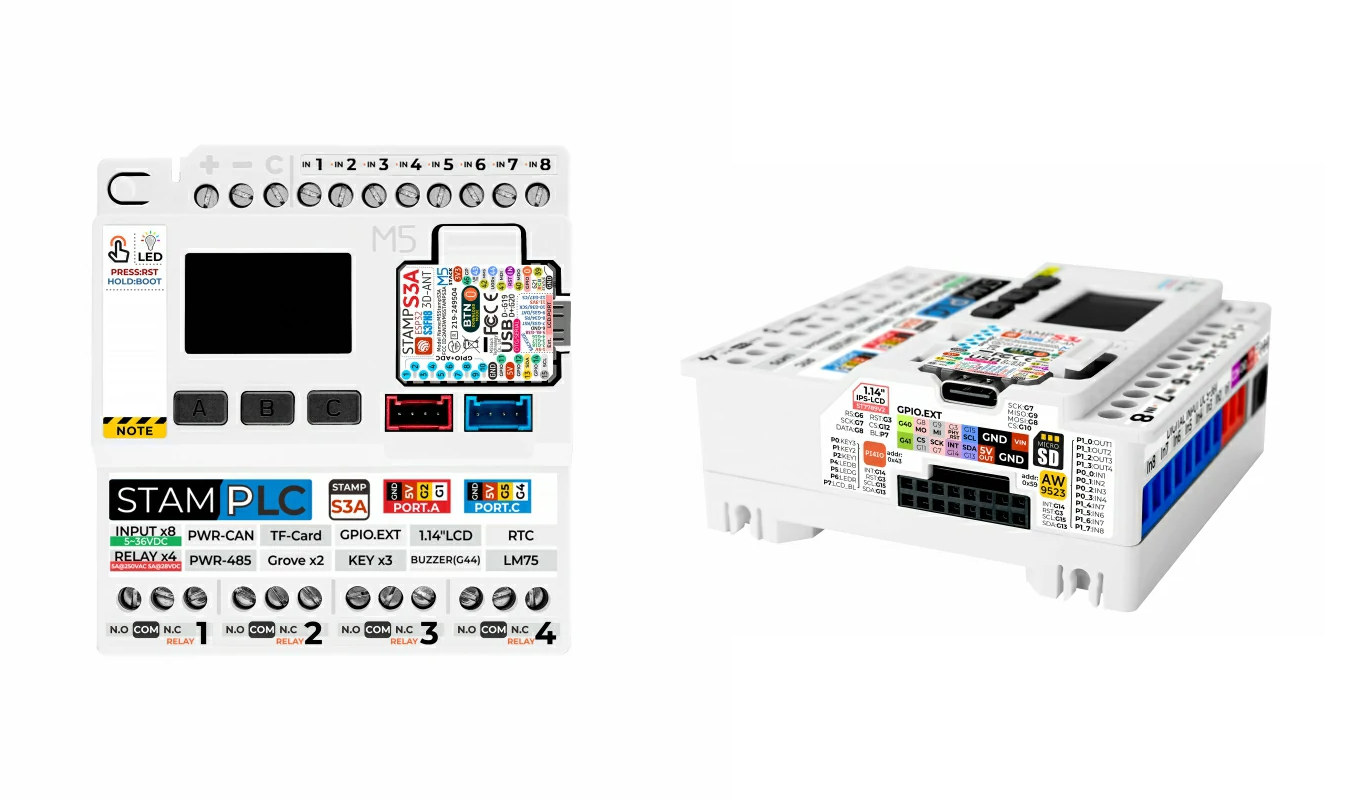SOMDEVICES µSMARC RZ/V2N is a system-on-module powered by the Renesas RZ/V2N AI MPU and offered in a micro SMARC (µSMARC) form factor that’s quite smaller at 82x30mm than standard 82x50mm SMARC modules. The company told CNX Software it’s still 100% compatible with SMARC 2.1 with a 314-pin MXM 3.0 edge connector. It’s also cost-effective with a compact PCB and can be used in space-constrained applications. The µSMARC features up to 8GB LPDDR4, up to 128GB eMMC flash, two gigabit Ethernet PHY, and an optional WiFi 5 and Bluetooth 5.1 wireless module. µSMARC RZ/V2N specifications: SoC – Renesas RZ/V2N CPU Quad-core Arm Cortex-A55 @ 1.8 GHz Arm Cortex-M33 @ 200 MHz GPU – Arm Mali-G31 3D graphics engine (GE3D) with OpenGL ES 3.2 and Open CL 2.0 FP VPU – Encode & decode H.264 – Up to 1920×1080 @ 60 fps (Renesas specs, but SOMDEVICES also mentions up to 4K @ 30 […]
Linux 6.14 release – Main changes, Arm, RISC-V, and MIPS architecture
Linus Torvalds has just announced the release of Linux 6.14 on LKML: So it’s early Monday morning (well – early for me, I’m not really a morning person), and I’d love to have some good excuse for why I didn’t do the 6.14 release yesterday on my regular Sunday afternoon release schedule. I’d like to say that some important last-minute thing came up and delayed things. But no. It’s just pure incompetence. Because absolutely nothing last-minute happened yesterday, and I was just clearing up some unrelated things in order to be ready for the merge window. And in the process just entirely forgot to actually ever cut the release. D’oh. So yes, a little delayed for no good reason at all, and obviously that means that the merge window has opened. No rest for the wicked (or the incompetent). Below is the shortlog for the last week. It’s nice and […]
Shelly launches Gen4 multi-protocol smart switch family with Wi-Fi, Bluetooth, Zigbee, and Matter
Shelly Group has just launched its Gen4 multi-protocol smart switch family supporting Wi-Fi, Bluetooth, Zigbee, and Matter protocols for the Smart Home. The company specifically introduced five new products: the Shelly 1 Gen4 one-channel, dry contact smart switch, the Shelly 1PM Gen4 smart switch with power monitoring, Shelly 1 Mini Gen4 compact smart switch for lights and small appliances, the Shelly 1PM Mini Gen4 compact smart switch with power metering, and the upcoming Shelly EM Mini Gen4 energy meter. Let’s have a quick at each product. Shelly 1 Gen4 smart switch Shelly 1 Gen4 specifications: Wireless SoC – ESP-Shelly-C68F Based on ESP32-C6 RISC-V SoC Storage – 8MB flash Wireless – 2.4 GHz WiFi 6, Bluetooth 4.2, and 802.15.4 radio for Zigbee and Matter Wireless parameters WiFi 6 Max. RF power – < 20 dBm Range – Up to 30m indoors, 50m outdoors Bluetooth 4.2 Max. RF power – < 4 […]
SparkFun IoT RedBoard – Raspberry Pi RP2350 or ESP32 WiFi & Bluetooth boards with Arduino UNO R4 form factor
SparkFun has just launched the “IoT RedBoard – RP2350” and “IoT RedBoard – ESP32” boards with Arduino UNO R4 form factor based on respectively Raspberry Pi RP2350B + RM2 wireless module and ESP32-WROOM-32E WiFi and Bluetooth module. Both boards feature Arduino UNO headers and a Qwiic connector for expansion, a microSD card for storage, battery support, USB and DC jack power input, plus a few buttons and LEDs. The RP2350 board also adds an HSTX connector mainly useful for controlling HDMI or SPI displays. Sparkfun IoT RedBoard specifications: MCU sub-system and wireless RP2350 model MCU – Raspberry Pi RP2350B CPU Dual-core Arm Cortex-M33 @ 150 MHz with Arm Trust zone, Secure boot Dual-core RISC-V Hazard3 @ 150 MHz Up to two cores can be used at any given time Memory – 520 KB on-chip SRAM Memory – 8MB PSRAM Storage – 16MB Flash Wireless module – Raspberry Pi RM2 2.4 […]
EDATEC ED-IPC3630 Raspberry Pi CM5-powered industrial PC gets eight DI, eight DO, and two CAN Bus
EDATEC ED-IPC3630 is an industrial PC (IPC) built around the Raspberry Pi Compute Module 5 (CM5) with up to 8GB RAM and designed for industrial automation, IoT, and control applications with features like a wide 9V to 36V DC power input and a DIN-rail mount. The industrial computer also offers dual GbE, optional WiFi 5 and/or 4G LTE cellular connectivity, HDMI video output, a few USB ports, eight digital inputs (DI), eight digital outputs (DO), and two CAN Bus interfaces. ED-IPC3630 Specifications: SoM – Raspberry Pi CM5 SoC – Broadcom BCM2712 quad-core Cortex-A76 processor @ 2.4GHz with VideoCore VII GPU System Memory – 2GB, 4GB, or 8GB LPDDR4-4267 SDRAM (the 16GB model is not offered, maybe due to supply issues) Storage – Options for 16GB, 32GB, or 64GB eMMC flash Wireless – Optional dual-band WiFi 5 and Bluetooth LE 5.0 module Storage M.2 Key-B socket optionally fitted with 128GB, 256GB, […]
Flipper Blackhat is a Flipper Zero dual-band Wi-Fi card with an Allwinner A33 processor
Developed by Rootkit Labs in Switzerland, the Flipper Blackhat is an open-source Allwinner A33-based Flipper Zero dual-band Wi-Fi card running Linux and designed for penetration testing, cybersecurity research, and wireless network analysis. Built around an Allwinner A33 quad-core 1.5GHz processor, it comes with 1GB RAM, and an onboard 2.4GHz WiFi radio (RTL8723DS), with additional connectivity via two USB-A ports and one USB-C (FTDI-connected). The package also includes a 5GHz USB WiFi dongle (RTL8821CU) and a WiFi antenna for the built-in radio but requires an SD card and Flipper device separately. Flipper Blackhat Specifications: SoC – Allwinner A33 CPU – Quad-core Arm Cortex-A7 processor GPU – Arm Mali-400 MP2 VPU – 1080p60 H.264, VP8, MPEG 1/2/4, JPEG/MJPEG video decoding 1080p60 H.264 video encoding Memory – 1GB RAM Storage – SD Card slot Wireless Connectivity Realtek RTL8723DS 2.4 GHz Wi-Fi Includes Realtek RTL8821CU 5 GHz USB Wi-Fi dongle Supports additional third-party Wi-Fi […]
rpi-image-gen build system creates custom images for Raspberry Pi boards
Raspberry Pi has just released the rpi-image-gen build system to generate custom Raspberry Pi images designed for a specific application and based on packages from the Debian and Raspberry Pi OS repositories I was initially surprised by this announcement, as there are already build tools like the Yocto Project or buildroot designed for this purpose. They are however somewhat complex to use and there’s a steep learning curve, so maybe Raspberry Pi made something easier to use. Let’s have a look. The build is mostly defined by a configuration file which defines the profile and image layout. The company explains the main reasons for creating yet another build system. First, the images are quick to build with the rpi-image-gen build system since you don’t have to build the whole project from source, contrary to something like the Yocto Project which can take hours (for the first build at least). That’s […]
M5Stack StamPLC – An ESP32-S3-based PLC with opto-isolated inputs, relay ouputs, RS485, CAN Bus, and more
“M5Stamp PLC Controller with M5StampS3” or just “M5Stack StamPLC” is a programmable logic controller (PLC) based on the StampS3A ESP32-S3 wireless module and offering 8 opto-isolated digital inputs, 4 relay outputs supporting both AC and DC loads, plus RS485 and CAN Bus interfaces. The DIN Rail IoT controller also features a 1.14-inch color display, a RESET/BOOT button, 3 user buttons, and a buzzer or user interaction. The M5Stack StamPLC also integrates an LM75 temperature sensor and an INA226 voltage/current sensor, as well as a microSD card slot for data storage, and it can take a wide voltage input between 6 and 36V DC. M5Stack StamPLC specfications: Control Module – StampS3A (similar to M5Stamp S3) SoC – Espressif Systems ESP32-S3FN8 CPU – Dual-core 32-bit Xtensa LX7 microcontroller with AI vector instructions up to 240MHz, RISC-V ULP co-processor Memory – 512KB SRAM Storage- 8MB flash Wireless – 2.4GHz WiFi 4 (802.11b/g/n), Bluetooth […]


